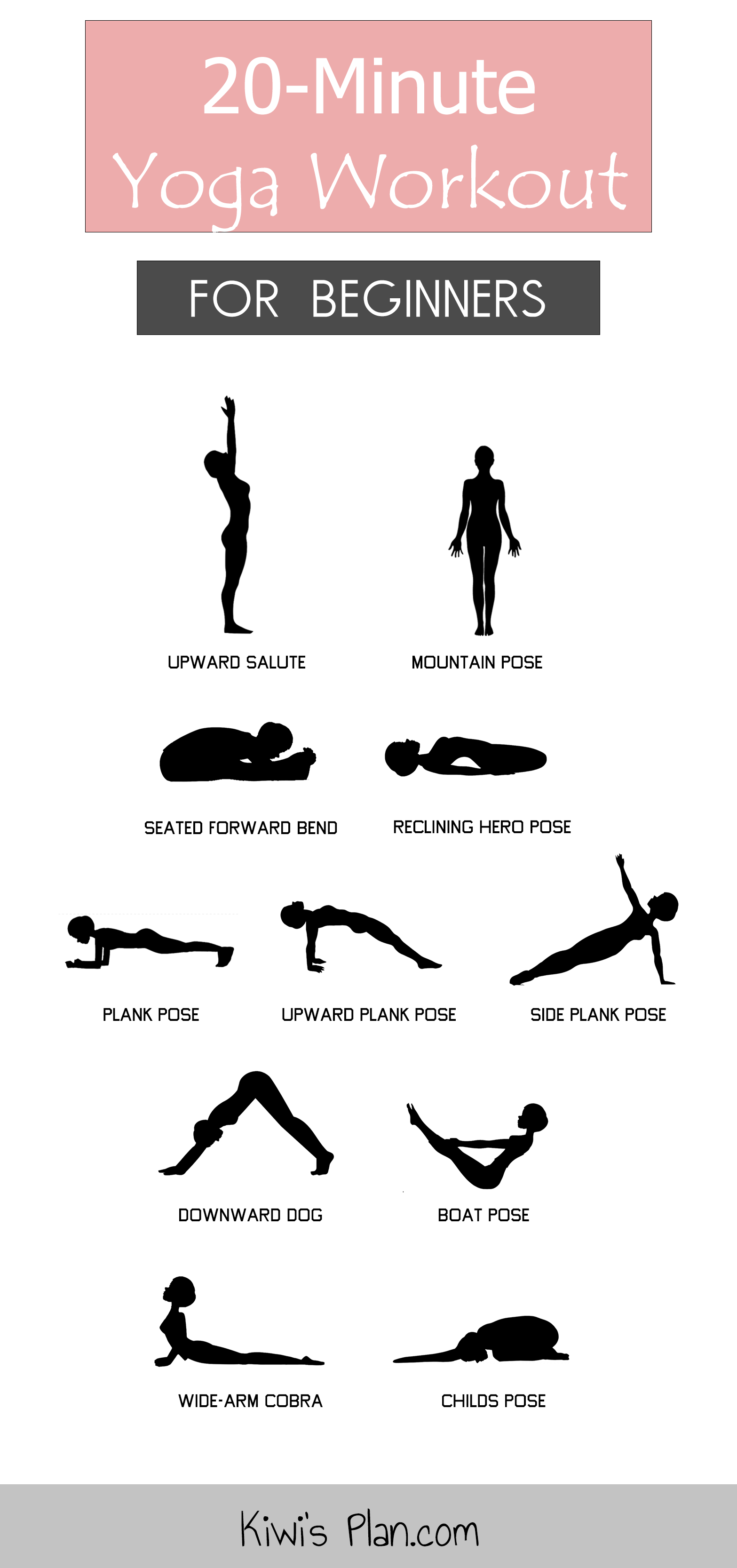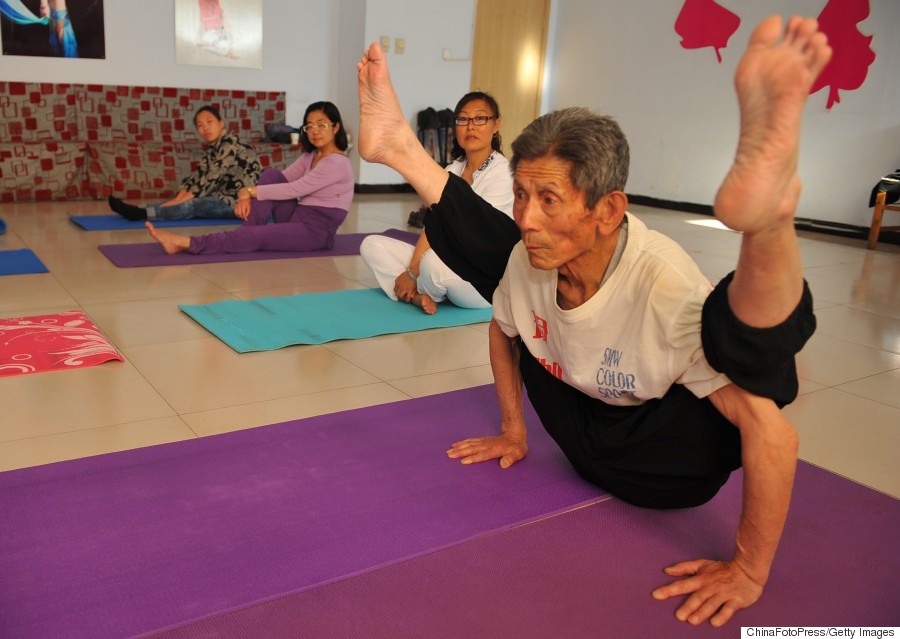
Yoga is a great way to improve your flexibility. It can ease stiffness, joint pains, and other issues. It's common to feel restricted if you're just starting the practice. This can lead to poor posture, straining the knee joint, and worsening of your posture. It can also lower levels of dopamine (a neurotransmitter that helps improve mood and reduce stress) and serotonin (a neurotransmitter that helps reduce stress).
One study has shown that practicing yoga can reduce pain in people with chronic low back pain. This condition is the most common in veterans. It can greatly impact one's quality-of-life. The participants in this study reported lower intensity and disability scores after a 12-week yoga program. Their use of opioids decreased, which is great news for chronic low-back pain sufferers. The benefits of yoga have been extensively documented.
Many yoga poses can reduce stress. These yoga exercises can improve your overall health, as well as increasing lymph flow. You'll improve your lymph drainage system through practice. This is an important part of your body. The lymphatic systems is responsible for fighting infection, eliminating cancer cells, and disposing toxic waste products. Regular yoga practice can reduce stress and improve your sleep quality.

Constipation can be exacerbated by stress, but yoga can reduce this by improving your posture and increasing your flexibility. It also decreases suffering, which can be a huge benefit. Constipation is also a common result of stress. Practicing yoga can help relieve your constipation. By training your mind to be more present, it improves your ability to concentrate, learn, and hold information.
Studies also show that yoga can increase heart health. Yoga can improve hemoglobin levels, which is the protein that transports oxygen to the tissues. This is another beneficial effect of yoga. It can help improve your heart health as well as reduce the risk of strokes and cardiovascular disease. It has been proven to improve muscle strength and flexibility, especially in the feet and hands. It has been shown to improve balance for many reasons.
The benefits of yoga extend to the spinal discs. The spinal disks between the vertebrae are crucial in preventing herniated discs and compressing nerves. The discs of the spine are mobile by moving these discs. It is important to practice yoga in a variety poses to keep your spine healthy. This pose allows you to increase flexibility.
Yoga's benefits are well-known. It can reduce anxiety and depression. A 2015 study found that people who practice yoga twice per week had lower stress levels and improved their cardiovascular function. This also means that they're less prone to heart disease. This is a minor benefit but it is one of the most important. As an added bonus, it helps them feel better about themselves and their bodies.

Similarly to other forms of exercise, yoga also improves the heart. Because it pumps blood throughout the body, this is why yoga is so beneficial. It is responsible for improving the health of the heart. This reduces the chance of developing heart disease. By improving your cardiovascular health, yoga can improve the health of your body and reduce your risk of heart problems. There is also no reason why you shouldn't try this exercise.
In addition to promoting physical health, yoga can also reduce the symptoms of heart disease. It slows down the progression in cardiovascular diseases by reducing cholesterol levels and other inflammatory substances. It even reverses DNA mutations and lowers cortisol. It can protect against heart attacks, migraines, osteoporosis, and other conditions such as strokes. It is great for your mental well-being, helping you to cope with stress and improving your concentration.
FAQ
Which order is best for working out?
It depends on what you are looking for. If you want to build muscle mass, then do heavy weights first. Then, move on to cardio. If you are looking to lose weight, then move on to strength training.
Cardio is a great way to lose fat if you are just looking for a quick workout. After that, you can add strength training.
Then if you want to gain muscle mass, do cardio last because it stimulates growth hormones which help build muscle mass.
It is important to eat before going to work out. This will fuel you muscles better, which will make it work harder. It will also make you feel more energetic during your workouts.
What if I exercise and drink alcohol?
Yes. Alcohol can increase energy expenditure, speed up healing time, and reduce soreness.
The insulin sensitivity of alcohol is also increased, which makes it easier for glucose to be absorbed.
Dehydration can result from alcohol, which can affect your metabolism. Also, alcohol can reduce testosterone production, which may lead to lower muscle-building potential.
For these reasons, women shouldn't drink alcoholic beverages before working out. Women who drink heavily should wait at the least 24 hours before exercising.
Breastfeeding women should stay away from alcohol.
Men should only consume one drink per day.
How many calories per day should I consume?
This can vary from person to person. An average person needs 2000-2500 calories per day. You need to determine how many calories you need based on age, gender, height, weight, activity level, and lifestyle.
Statistics
- The PRS enabled risk stratification for overall prostate cancer and lethal disease with a four-fold difference between men in the highest and lowest quartiles (HR, 4.32; 95% confidence interval [CI], 3.16-5.89). (pubmed.ncbi.nlm.nih.gov)
- According to the American Academy of Dermatology (AAD), men over 50 are at a heightened risk of developing it. (healthline.com)
- According to the American Heart Association, blood pressure should be checked at least once every two years, beginning at age 20. (my.clevelandclinic.org)
- Cardmembers earn 5% Back at Amazon.com with a Prime Credit Card. (amazon.com)
- 10 pounds in a month is likely during a lean bulking phase, especially for beginners. (muscleandstrength.com)
External Links
How To
What's the best food for men?
Men should eat five servings per day of fruits and vegetables. They must also avoid red meat and fast food.
Fruits and vegetables are high in antioxidants which help prevent cancer, heart disease, and other diseases.
Vegetables include broccoli, cauliflower, carrots, spinach, tomatoes, peppers, cucumbers, lettuce, mushrooms, etc.
Beans and peas have high fiber and protein.
Omega-3 fatty acids are abundant in nuts and seeds. Omega-3 fatty acids are critical for brain function and hormone production.
Fish is another excellent source of omega-3s. Fish contains more mercury than most other meats. However, fish liver oil does contain fewer toxins.
Omega-6s found in vegetable oils like corn, soybean, safflower, sunflower, and cottonseed oils are necessary for average growth and development.
Poultry is a good source of lean protein. Chicken breast is one of the healthiest meats.
Lean beef has low levels of cholesterol and saturated fats. Red meat should be limited as too much iron can increase your chances of developing prostate cancer.
Avoid processed meats like sausage and hot dogs. These meats can be carcinogenic because they contain nitrates.
No doubt exercise is crucial for good health. However, what if your exercise routine is already regular? Is there anything else you can do to maintain or improve your physical condition?
Yes! You can do several things to make sure you get the most out of your workouts. Here are some tips for maximising your workout.
Start slowly. Injure yourself if your first session is too intense. Start slow and build your intensity slowly.
Stretch before and after. Stretching will loosen tight muscles and increase flexibility. You can stretch sitting down, standing, or moving around.
Cool down. This is especially important for cardio exercises. You need to allow your body time to rest between sessions so that it doesn't get tired. Cool down by walking slowly, taking deep breaths or going for a swim.
Hydrate. Drinking lots of fluids can keep you hydrated, and help reduce muscle cramps. Water is the best choice, but you can also drink sports drinks.
Healthy eating habits are important. Get enough calories in each day. Eating regular meals throughout the day will help you stay energized and focused during your workout.
Get some rest. You'll wake up feeling refreshed and ready to start your next workout when you sleep properly. You must also get adequate sleep to heal damaged tissues.